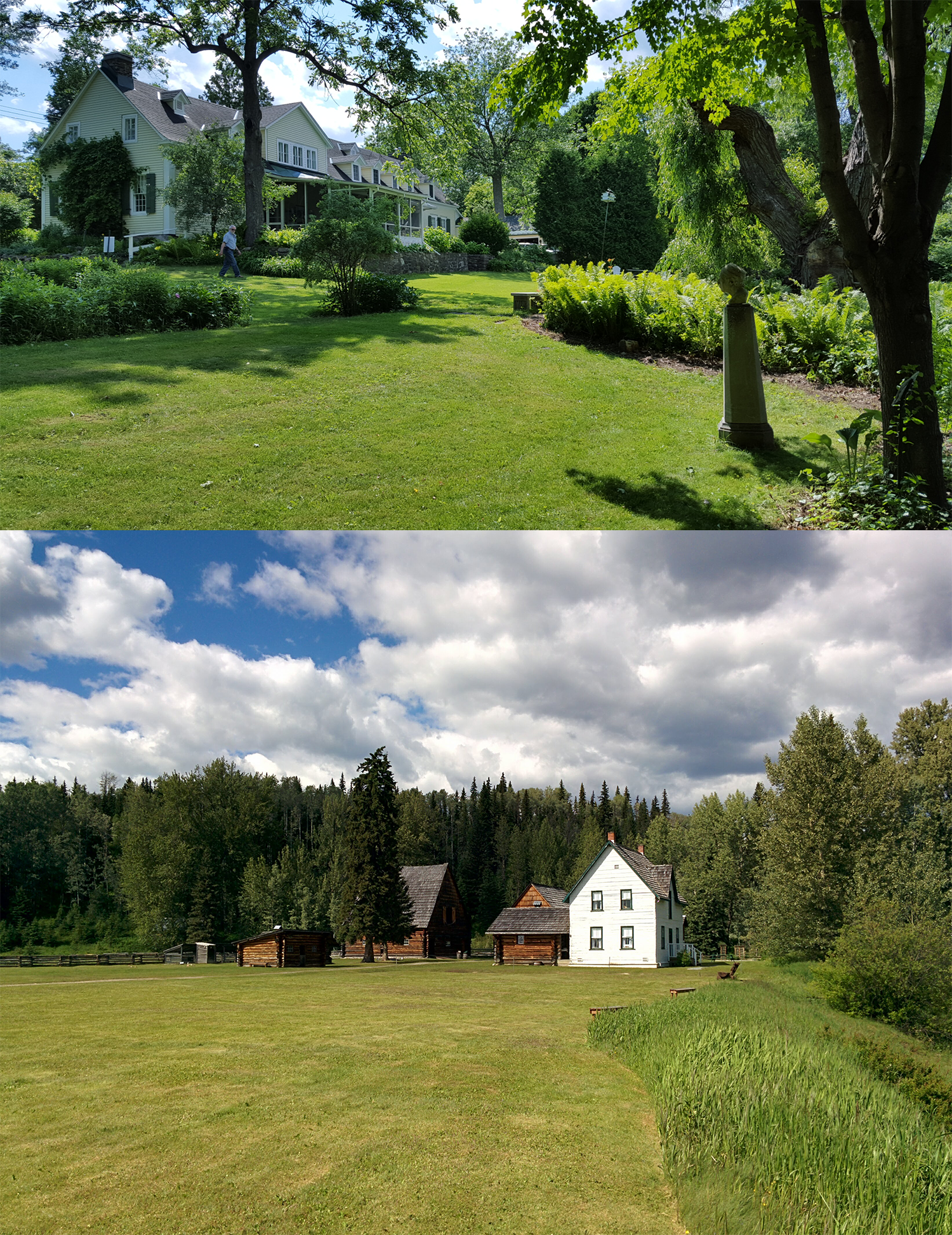4.4 Case Study: Ownership of Multiple Sites
Case Study
City of Calgary, AB
Regional District of Fraser-Fort George, BC
The Canadian Heritage of Quebec, QC
The Challenges of Multi-Site Ownership
Owners of multiple historic sites are most often (but not exclusively) governments from all levels, and they are faced with several key challenges. Their portfolio of sites likely includes a range of variations, including: site size and location, reasons for the partnership founding, and value placed on the site by the owner and community.
Sites that are part of larger government portfolios can be subject to shifting budgetary or political considerations, have high staff turnover, and adhere to rigid procedures that impede flexibility. When owner representatives are physically distanced from the sites in their portfolio, their ability to understand local conditions and issues is hindered.
Owners of multiple historic sites are tasked with managing multiple partner relationships at the same time, each with their own dynamics. Partner organizations often have different mandates, capacity and competencies that require individual attention.

Where It’s Working
The City of Calgary has taken a unique approach to the management of its 30 City-owned historic buildings – some of which operate as historic sites, while others are leased to non-profit and commercial tenants. Its Heritage Buildings Program is unique in Canada, providing a centralized point of communication between the owner and the operators/tenants of its historic buildings. The program benefits from having a lead staff member with heritage conservation expertise leading the program, who facilitates pro-active assessments of each site’s needs on an ongoing basis. This focused approach leads to efficient management of resources.
British Columbia’s Regional District of Fraser-Fort George has created a 5-year Cultural Plan that establishes its commitments and responsibilities to support the organizations in its region, including those that operate sites under its ownership. It brings the operators of its cultural sites together in a Joint Cultural Committee that oversees the implementation, adjustment and tracking of the plan’s impact. Representatives of the operating partners, such as Huble Homestead’s Executive Director, are provided an opportunity to network with other sites in the region and communicate directly with the Region’s staff. In addition to providing operating funding, the Region offers separate funding for operator staff training and professional development to build the capacity of the non-profit organizations operating their sites.
In the case of The Canadian Heritage of Quebec Association, a charitable organization that owns 13 historic sites across the province (including 33 buildings and natural sites), partnerships are essential for their stewardship. The owner recognizes the cyclical nature of many local organizations’ capacity and that the nature of the partnership agreement can help mitigate the impacts of this. Agreements for each site are tailored to assign roles and responsibilities to best position the partners for success, according to their capacity to manage the site and activities, ability to access funding from other sources, and manage additional partners and stakeholders.
Lessons Learned
A centralized point of contact for operators/tenants/stakeholders with the multiple departments in larger municipalities/owners is beneficial to all partners for the efficiency and consistency of communications.
Historic sites under one ownership cannot all be treated the same – the individual nature of the site and the mandate of the partners need to be respected.
Owners must understand and accept that the advocacy mandate of some partners may result in comments, discussions and even criticism of their management of historic sites.
An important demonstration of the owner’s recognition that partnerships bring added value to the sites, is the assigning of appropriate resources to fulfill its obligations under their agreements.
Tailored agreements can best position the partners to fulfill their mission and increase the site’s access to funding from other sources while attracting greater community participation from new audiences.